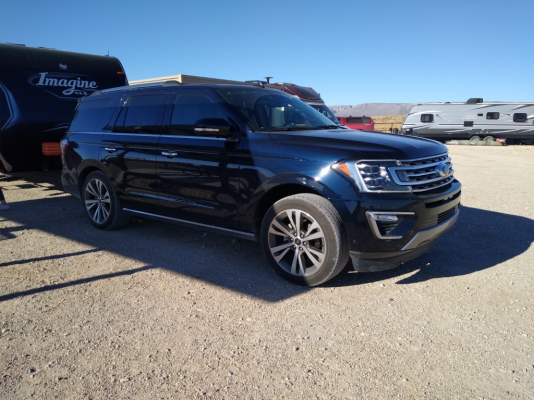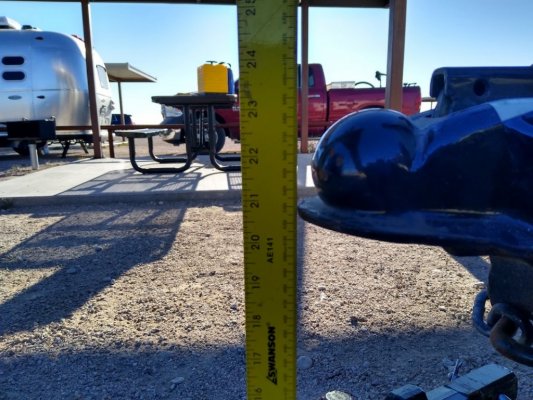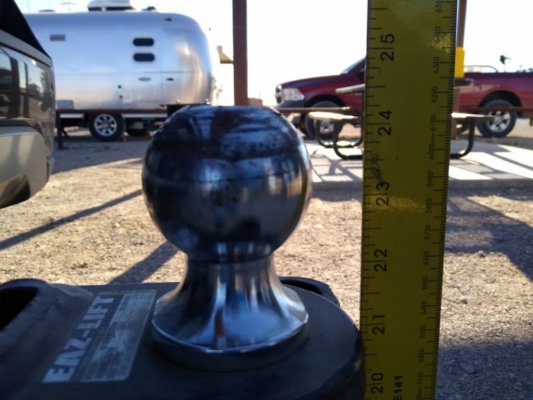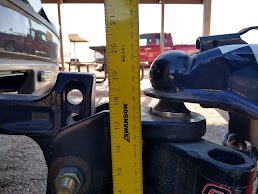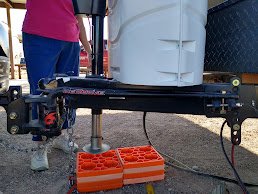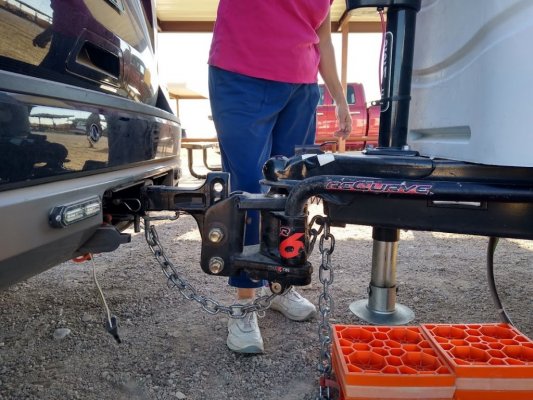Charlie Vretis
Member
I can't get my front end to come down with my Reese Recurve-6 weight distribution hitch.
The tongue weight is 850 pounds as verified by a Sherline LM 2000 - Trailer Tongue Weight Scale. The bars are rated for up to 1,000 pounds.
Been going back and forth with Reese for months now.
This morning they said I need to turn off the CCD. Is that even possible?
Total weight GCVW on last trip was 13,920.
Any suggestions will be most appreciated.
The tongue weight is 850 pounds as verified by a Sherline LM 2000 - Trailer Tongue Weight Scale. The bars are rated for up to 1,000 pounds.
Been going back and forth with Reese for months now.
This morning they said I need to turn off the CCD. Is that even possible?
Total weight GCVW on last trip was 13,920.
Any suggestions will be most appreciated.


